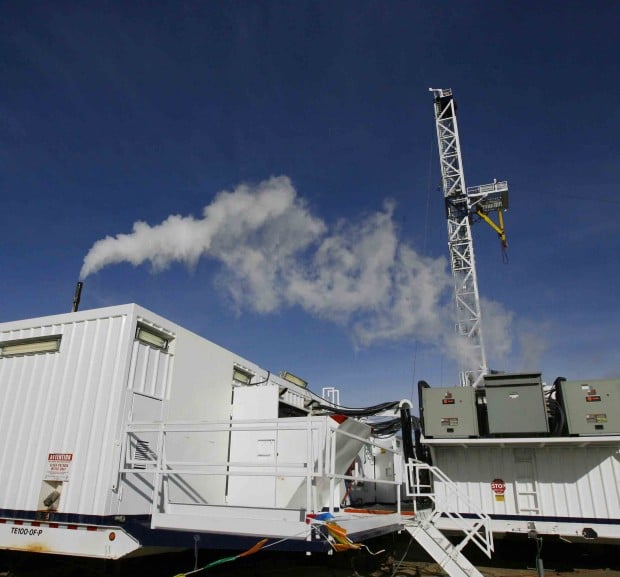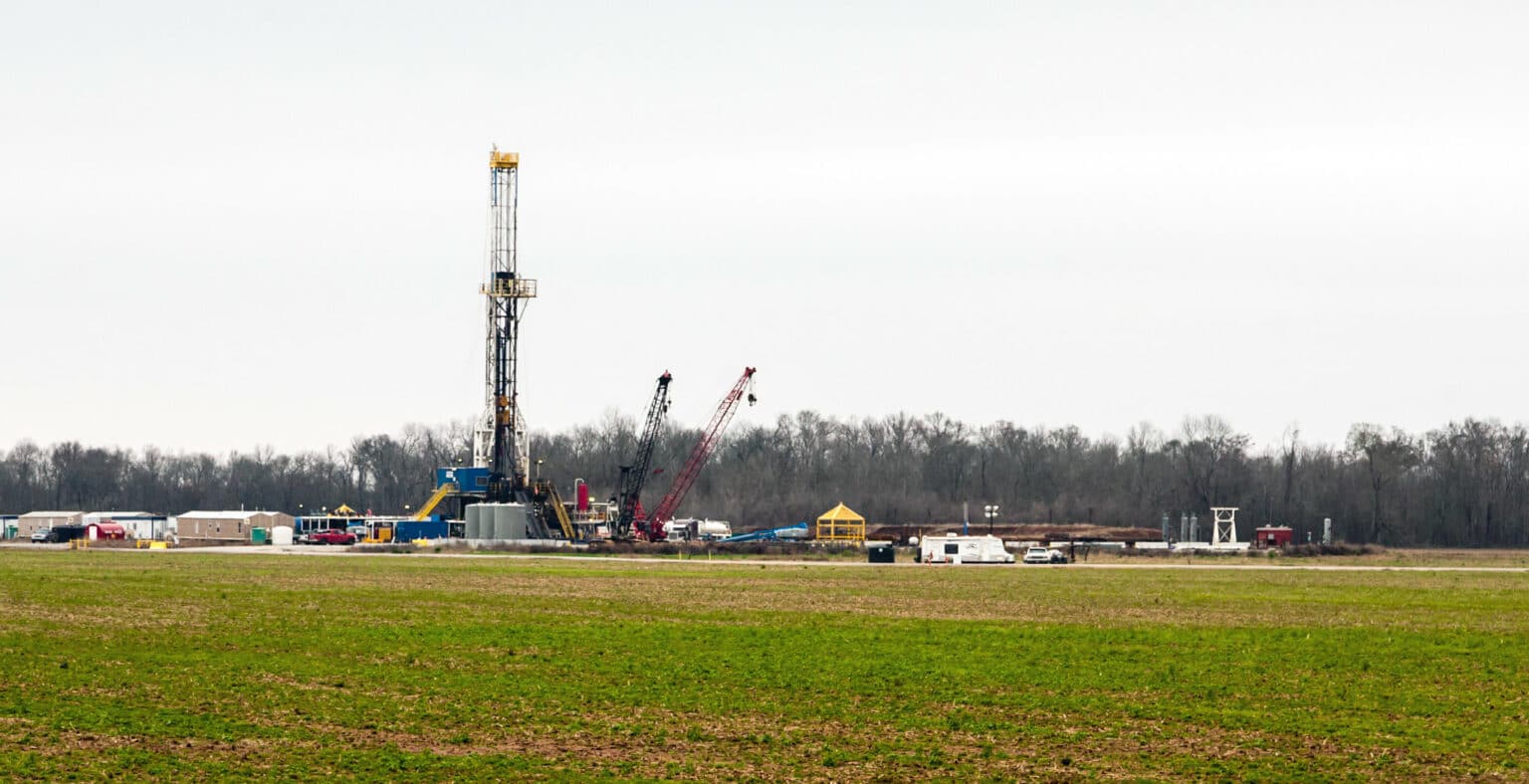
If the price goes higher, companies will profit from following the regulation, and if the price stays lower, it will cost them money. The breakeven point for these regulations is a natural gas price of $3.66 per thousand cubic feet, the EPA estimates. However, much depends on the price of natural gas. A report the NRDC published last month estimated that the industry could reduce methane emissions 80 percent, while bringing in additional revenue of $2 billion per year. Like the EPA, the NRDC argues that being clean pays off. The Natural Resources Defense Council, an environmental group, said the new rules are “ an important step forward,” but added that “the EPA needs to do more to protect people living near oil and gas production facilities.” The regulations would actually save companies money in the long run, the EPA estimates, since companies could sell the methane and other compounds they capture, which would more than pay for the new equipment. According to the EPA, right now, about half of fracked wells are using the equipment for capturing gases and other equipment, making them, in industry lingo, “green completions.” But at the start of 2015, the new rule requires flaring to stop, and all wells switch to capturing the emissions. Until 2015, companies would have a choice of either flaring-burning off the emissions-or capturing the gases and other compounds with special equipment. “These technologies will not only reduce 95 percent of the harmful emissions from these wells that contribute to smog and lead to health impacts,” the EPA said in a press release. However, “the technologies and practices that capture also capture methane.” The rule targets emissions that are well established as pollution targets under the Clean Air Act: volatile organic compounds that can cause smog, as well as benzene and other cancer-causing chemicals. “Today’s rules don’t directly target greenhouse gases,” saidEPA Assistant Administrator Gina McCarthy during a news conference. This, the EPA estimates, would be the equivalent of taking 4 million cars off the road. The new Clean Air Act regulation will drastically reduce these greenhouse gas emissions, the EPA said today in a press conference, cutting an estimated 1 to 1.7 million tons of methane emissions per year. If too much of the gas leaks, then methane’s benefit as an electricity fuel that produces lower carbon emissions than coal would be greatly reduced.

One of the major concerns about natural gas fracking is whether companies are allowing a significant amount of natural gas to escape, since methane-the main component of natural gas-is a potent greenhouse gas, more than 25 times stronger than carbon dioxide (CO2). The agencyunveiled the proposed rule last July, then revised it after receiving more than 150,000 comments from the public and industry, the EPA said today.

Regulators are trying to keep up with the fast pace the rollout of fracking by writing new rules under the Clean Air Act. (See Interactive: “ Breaking Fuel From Rock” and “ Photos: The Science of Shale Gas“) Hydraulic fracturing has been in use since the 1950s, but in the past several years the volume of water has been dramatically increased and the technique has been combined with long horizontal drilling, allowing companies to unlock oil and gas trapped in shale formations, leading to a boom in extraction in states from Pennsylvania to Texas to North Dakota. Environmental Protection Agency, new oil and gas wells that are hydraulically fractured-or “fracked”-will have to use new equipment to capture the gases that escape, rather than releasing them into the air or burning them off.


 0 kommentar(er)
0 kommentar(er)
